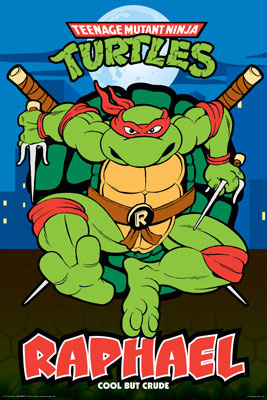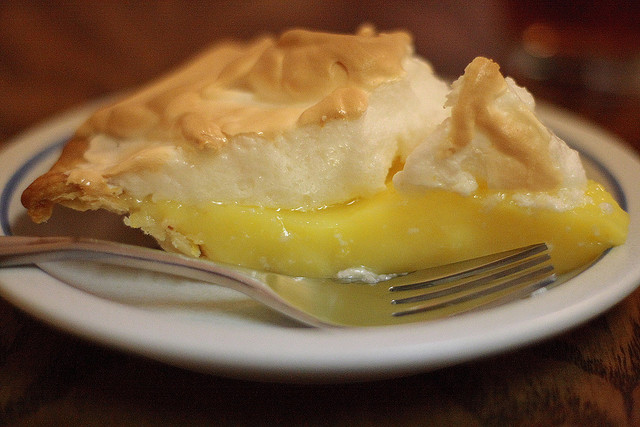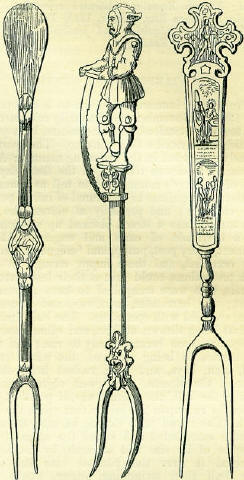 Once upon a time we didn’t have forks.
Once upon a time we didn’t have forks.
Yes, our ancient ancestors were forced to scoop saber-tooth tiger brains out with twigs, hold woolly mammoth meat over the fire with spears, and eat prehistoric pies with a spoon.
According to our egghead pals at Wikipedia, although the Ancient Greeks used forks as a serving utensil it took until the 10th century for them to become popular in Western Europe. Before then, Westerners only had spoons and knives. Most people chowed down with their hands, some shared a group spoon, and rich folks dined holding two knives, making them look like Raphael from ninja turtles.
 Forks became a huge hit in Italy first, which was perfect because before then properly swirled spaghetti was just part of an imagined future, sitting in dreamy thought bubbles above sleeping children. Back then guests were expected to bring their own fancy fork in a box called a cadena if they were coming over for dinner. As you can imagine, it was important to spot the BYOF fine print on dinner party invites from the king’s castle.
Forks became a huge hit in Italy first, which was perfect because before then properly swirled spaghetti was just part of an imagined future, sitting in dreamy thought bubbles above sleeping children. Back then guests were expected to bring their own fancy fork in a box called a cadena if they were coming over for dinner. As you can imagine, it was important to spot the BYOF fine print on dinner party invites from the king’s castle.
Now, these days forks are everywhere: plastic-wrapped in airplanes, dented and stained in dining halls, and shined up in fancy restaurants. Most of us even have a drawer full of forks in our homes, turning a rich man’s prized possession a few hundred years ago into something the kids leave under the basement couch after eating dinner and playing video games.
And I think we all know how important forks still are to our twenty-first century society.
People,  let’s all hold hands here today and celebrate the power of the fork. Whether we’re holding a tough piece of steak in place, slicing the tip off a piece of pie, or criss-crossing the top of some peanut butter cookies, let’s not forget how far the noble fork has come to help us all completely stuff our faces.
let’s all hold hands here today and celebrate the power of the fork. Whether we’re holding a tough piece of steak in place, slicing the tip off a piece of pie, or criss-crossing the top of some peanut butter cookies, let’s not forget how far the noble fork has come to help us all completely stuff our faces.
AWESOME!
